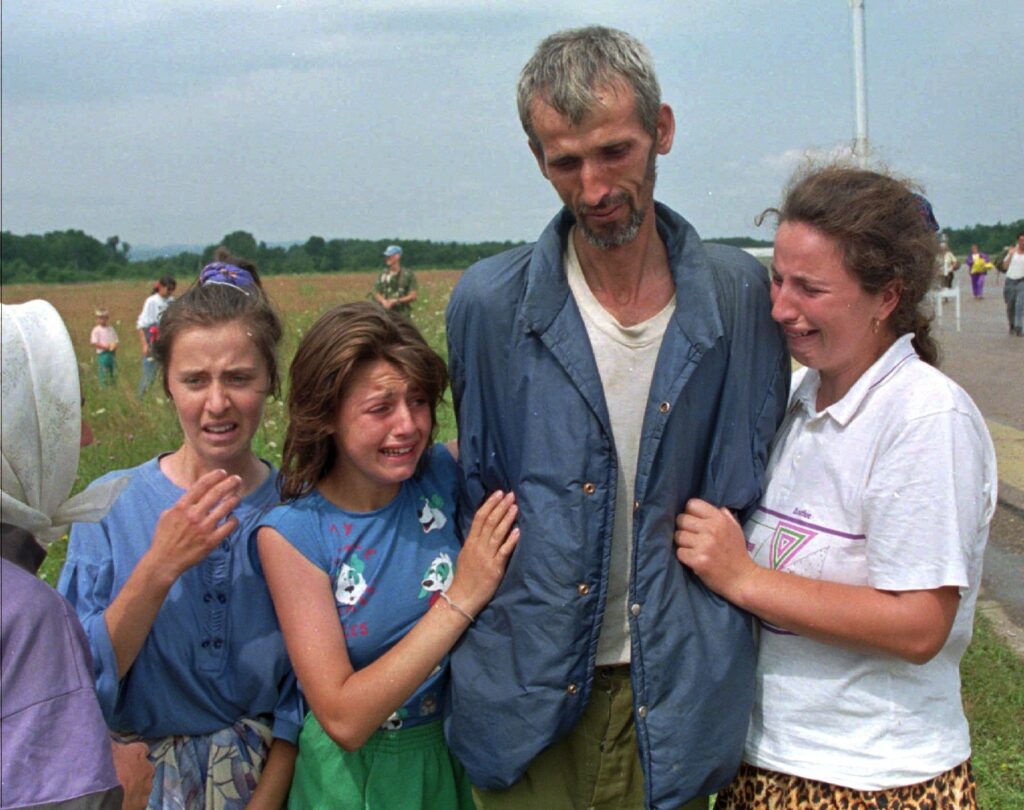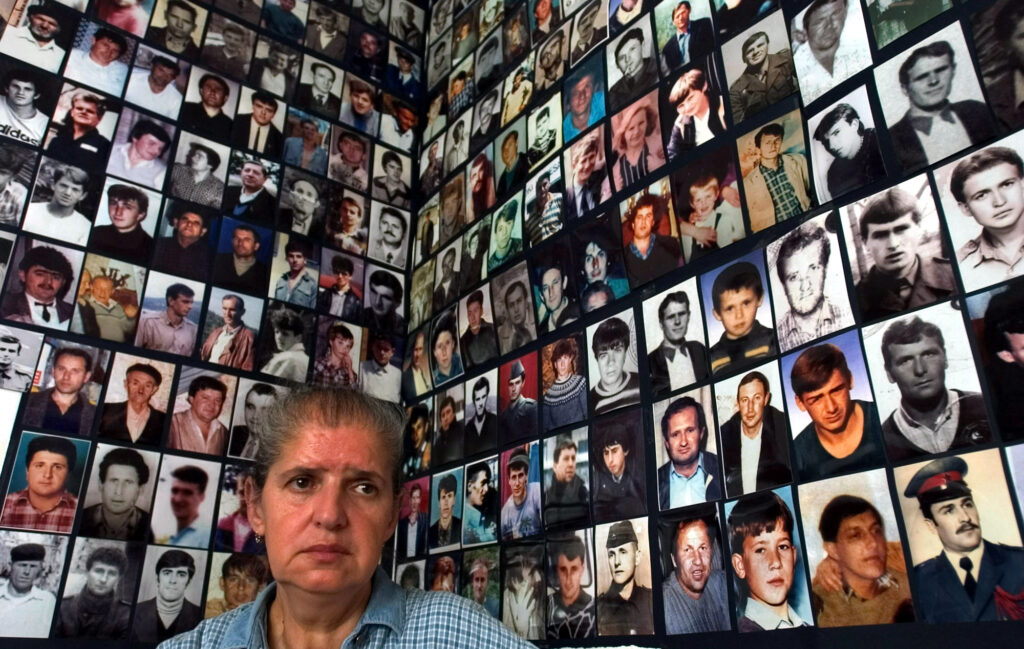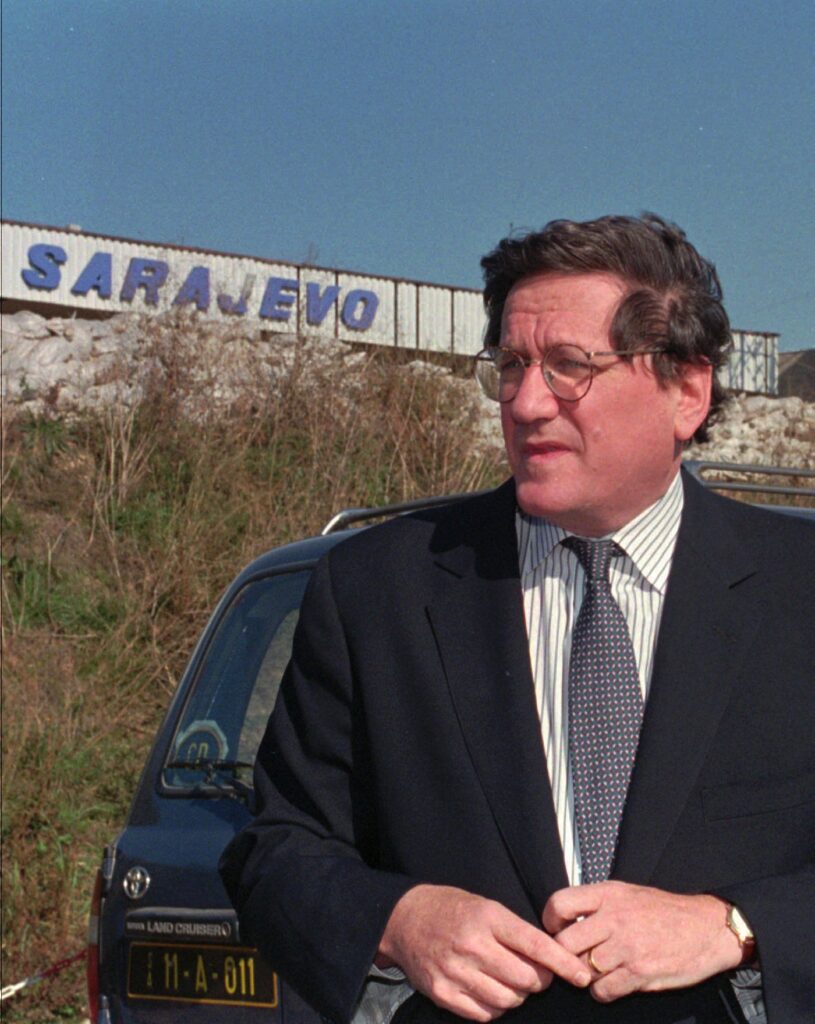President Clinton’s decisive turning point towards using military force came in July 1995, when the world learned that Serbs had massacred over 7,000 Muslim men and boys in Srebrenica, eastern Bosnia, and called for a NATO conference in London to agree on a common strategy to force Milošević to come to the negotiating table. President Clinton also committed 20,000 American troops as part of the 60,000 NATO force. Albright reminded Clinton that the Bosnian conflict would absorb his re-election campaign. “We should recognize that,” she wrote, “notwithstanding our successes in trade, Russia, and the Middle East…our Administration’s stewardship of foreign policy will be measured…by our response to this issue. That is why we must take the lead in devising a diplomatic and military plan to achieve a durable peace. If we agree that American troops will be in Bosnia sooner or later, why not do it on our terms and our timetable?”



Richard Holbrooke, then-Assistant Secretary of State for Europe and Eurasian Affairs, was key to designing a new strategy for the Balkans. A seasoned diplomat with 30 years of experience, Holbrooke understood that over 30 ceasefires and agreements had failed and that the U.S. needed to work towards an enduring peace that may be imperfect. In the fall of 1995, the combination of airstrikes and Holbrooke’s tireless diplomacy brought not only a solid cease-fire between the warring factions, but the three principals in the conflict–Croatia, Bosnia, and Serbia–agreed to meet on American terms at Wright-Patterson Air Force Base in Dayton, Ohio.
Regarding the talks, I said we were on our own thirty-yard line. That’s not bad, considering we started on our own goal line. Dayton’s a gamble, but the shuttle phase has run its course. Even if we fail, our nation can be proud that we made an all-out effort for peace. But there are practical limits to how long we can keep people cooped up at Wright-Patterson.”
Richard Holbrooke, To End a War